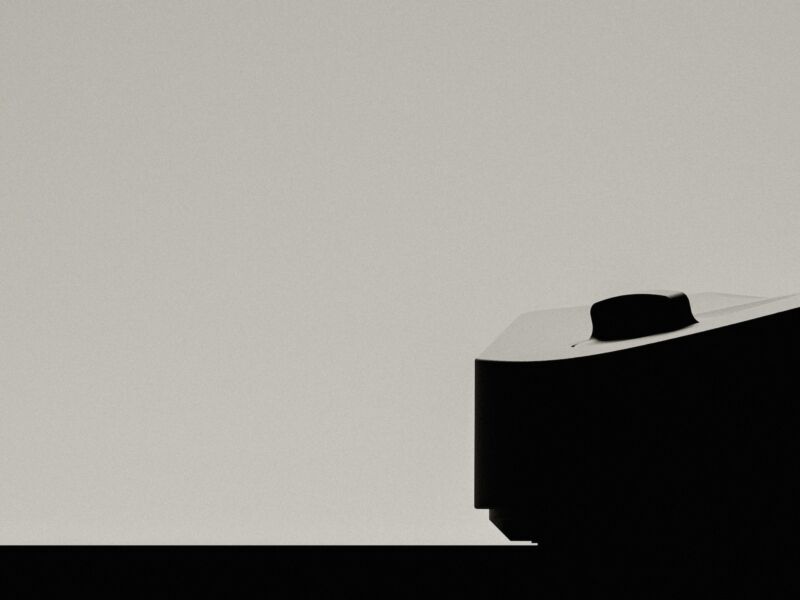New console will be FPGA-based but won’t support other openFPGA cores.

Retro game enthusiasts will know Analogue for its consoles’ dedication to accuracy. From the original Analogue Nt, which used chips harvested from broken NES consoles, to the Analogue Pocket, which uses an FPGA chip to accurately emulate handheld hardware, the company has always focused on modern hardware that can play actual game cartridges while preserving the idiosyncrasies of the original game consoles.
Today, Analogue is announcing the Analogue 3D, a console that will use an FPGA to run games made for 1996’s Nintendo 64. Because FPGAs emulate consoles at a hardware level, they’re much better at replicating all of the specific quirks of the original hardware, making games look and run like they would have on the original consoles without any performance problems or rendering inaccuracies. Like Analogue’s other home console replicas, the Analogue 3D is designed to play original cartridges and not ROM files, and the cartridge slot is region-free, so it’ll work with games from all over the world.
Analogue didn’t reveal a price or a specific launch date for the Analogue 3D, just that the console will show up sometime in 2024. It also didn’t show off the design of the console itself or the controller, though it did tease both—if you look closely, you’ll see an 8BitDo logo on the controller, the same company that made Analogue’s replica controllers for its Super Nintendo, Sega Genesis, and TurboGrafx retro consoles.

The rounded shape on the left side of the controller suggests a joystick, so I’d expect the new controller to look more like Retro Fighters’ two-handled re-creation of the N64 gamepad rather than a re-creation of the awkward three-legged original. The Analogue 3D will include four controller ports with the same design as the original console, so you can hook up any vintage or modern controllers you want.Advertisement
The Analogue 3D will output at 4K resolution over HDMI so that it can connect to modern TV sets, but it will also support video filters that can make the output look more like what you would have seen from an original Nintendo 64. The console supports “Original Display Modes” plus “reference quality recreations of specific model CRTs and PVMs.” Low-polygon character models and low-resolution textures benefit a lot from the softness of older TV sets, and the Analogue 3D will be able to recreate the same effect on newer screens.
FURTHER READING
Analogue Pocket review: The greatest Game Boy ever made
The Nintendo 64 has proven singularly difficult to emulate in software, and even Nintendo’s official first-party emulators for the Wii, Wii U, and Nintendo Switch have had problems rendering games properly. Nintendo has improved the Switch’s N64 emulation quite a bit via software updates, but they still fall subtly short of re-creating the look and feel of the original hardware.
Like the Super Nt, the Analogue Duo, and Analogue’s other FPGA-based retro consoles, the Analogue 3D won’t support the openFPGA platform that allows the Analogue Pocket to run hardware emulators for other systems. Analogue says this mostly comes down to the need for a second FPGA chip to run openFPGA cores, something the company didn’t want to add to the Analogue 3D.
“If we wanted to offer Analogue 3D with openFPGA (which is not the purpose or focus of the product),” Analogue founder Christopher Taber wrote to Ars, “it would require not only a second FPGA, but an even more powerful base FPGA, therefore increasing the price to a price that doesn’t suit our goals.”
Because the console is region-free, we also asked if it had an extension port on the bottom for connecting the Japan-only 64DD accessory. Taber told us that it didn’t but that there were “multiple other ways to connect it and community-made solutions” for people who want to play 64DD content on the Analogue 3D.





